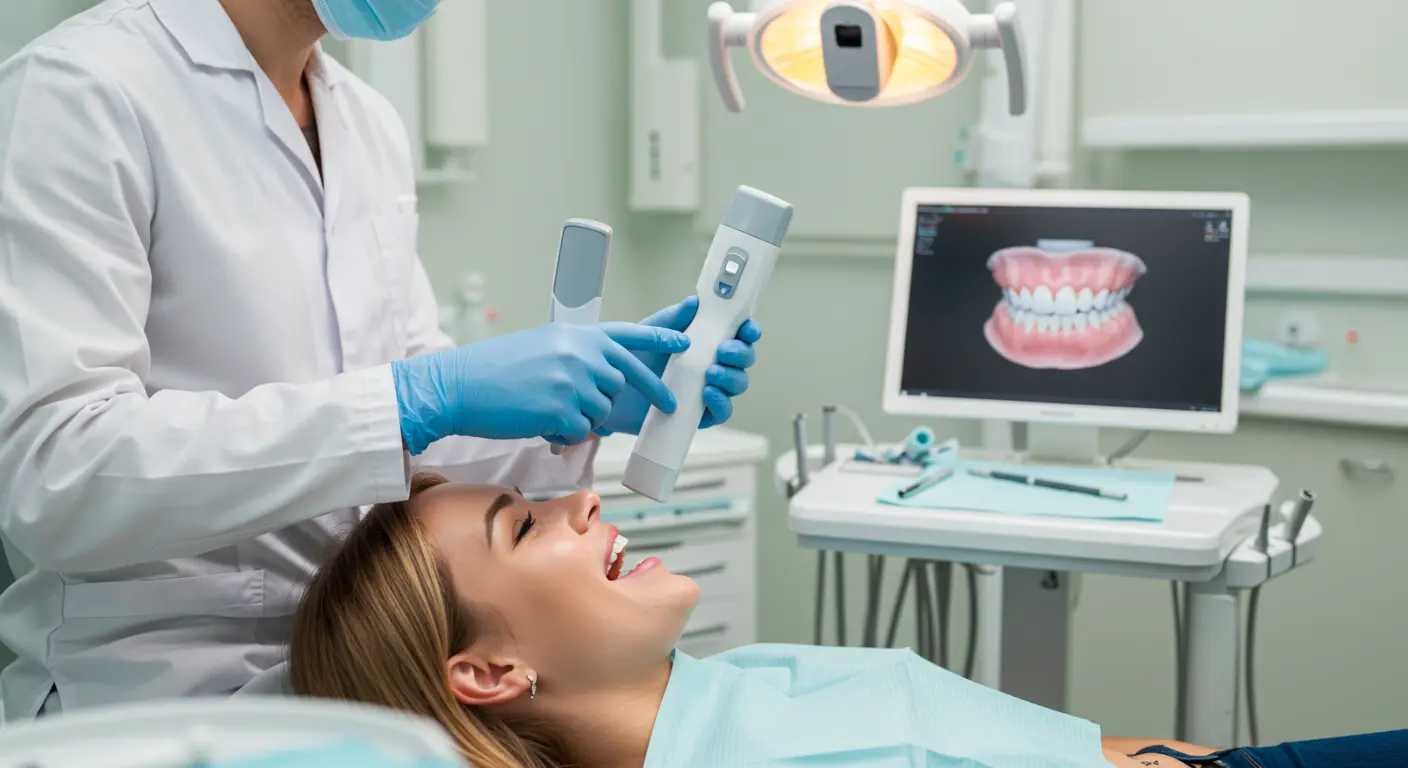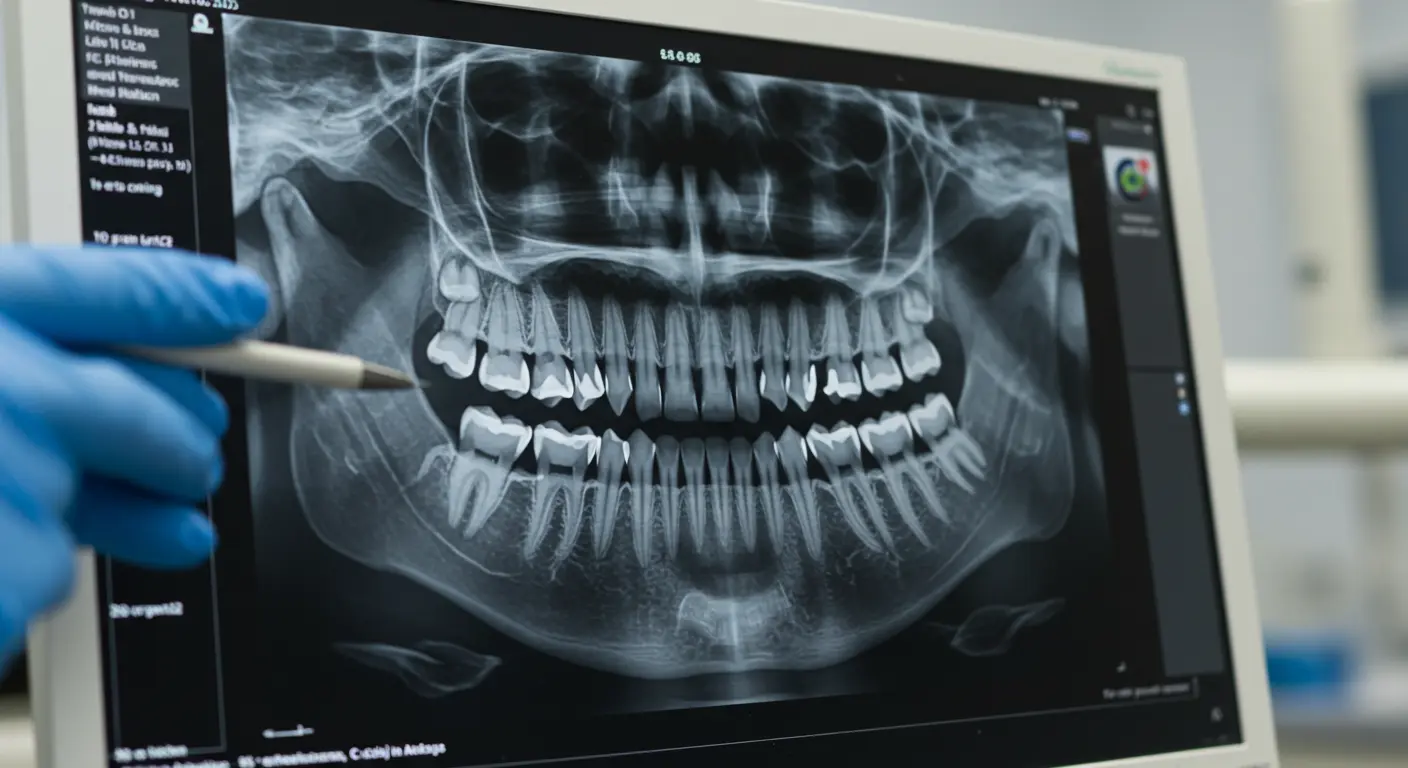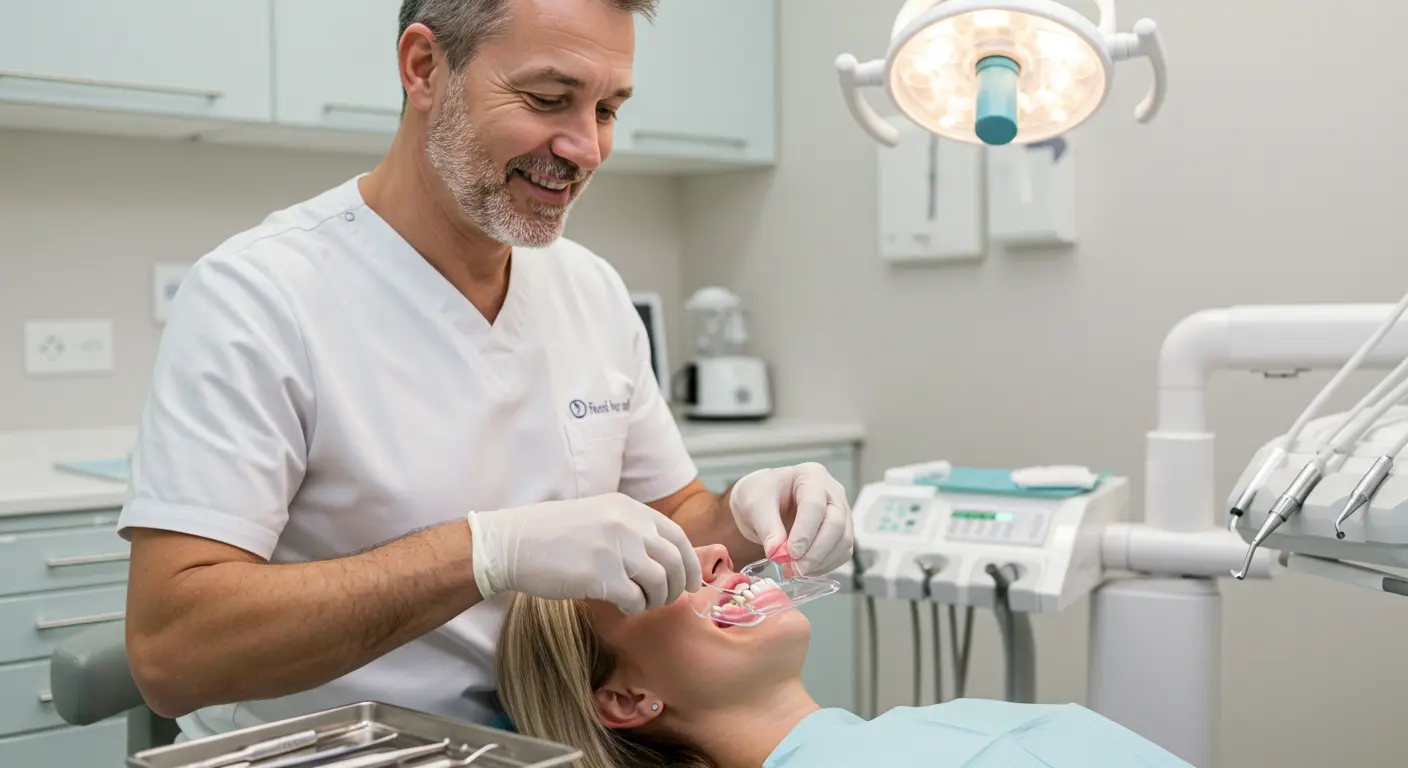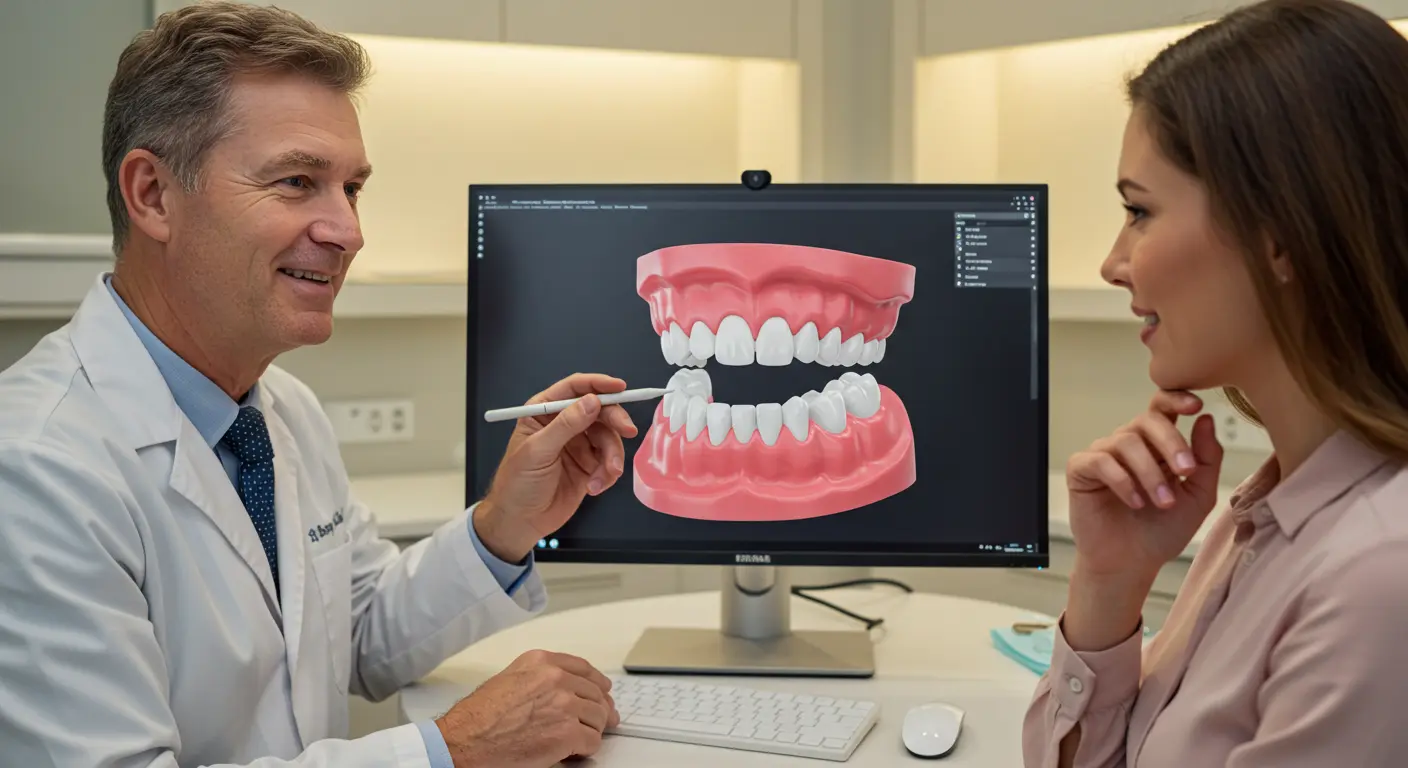Essential Diagnostic Tests Before a Smile Design: A Comprehensive Guide
A captivating smile is more than just an aesthetic feature—it reflects confidence, health, and positivity. Smile design procedures have revolutionized cosmetic dentistry, enabling individuals to achieve their ideal smile. However, achieving optimal results requires careful planning, including a series of diagnostic tests to assess oral health and structure. This guide explores the essential diagnostic tests conducted before initiating a smile design, ensuring personalized and effective treatment plans.

Why Are Diagnostic Tests Important for Smile Design?
Diagnostic tests provide crucial insights into the health, alignment, and functionality of the teeth, gums, and jaw. These evaluations:
Identify underlying dental problems.
Help plan treatments tailored to individual needs.
Ensure long-term durability and aesthetic outcomes.
Prevent complications during or after procedures.

Key Diagnostic Tests for Smile Design
1. Comprehensive Oral Examination
A thorough physical examination of the mouth is the foundation of smile design. Dentists evaluate:
Tooth alignment, shape, and size.
Gum health and symmetry.
Jaw function and occlusion (bite alignment).
Signs of decay, cracks, or wear.
2. Digital Imaging and Photography
Purpose: Visual assessment of smile symmetry and aesthetics.
High-resolution photos document the current smile and serve as a reference.
Digital mock-ups allow patients to preview the expected results.
Helps in planning tooth positioning and contouring adjustments.
3. Dental X-Rays
Purpose: Evaluate internal structures.
Detects cavities, root canal issues, or bone loss.
Checks tooth root positioning and bone density.
Ensures implants or restorations have adequate support.
Types of X-rays:
Periapical X-rays: Focus on individual teeth and surrounding bone.
Panoramic X-rays: Provide a full view of the upper and lower jaws.
4. Cone Beam Computed Tomography (CBCT)
Purpose: Three-dimensional imaging for detailed analysis.
Maps bone structure, nerve pathways, and soft tissues.
Critical for planning dental implants or orthodontic adjustments.
Enhances precision in surgical procedures.
5. Dental Impressions and Models
Purpose: Create physical or digital molds of teeth.
Provides a 3D model for testing alignment and occlusion.
Simulates final outcomes before actual procedures.
Helps in fabricating crowns, veneers, and aligners.
6. Periodontal Evaluation
Purpose: Assess gum health and identify potential infections.
Measures gum pockets to check for periodontal disease.
Evaluates gum symmetry for aesthetic purposes.
Ensures the gums can support restorative treatments.
7. Occlusal Analysis
Purpose: Analyze bite and jaw alignment.
Identifies issues like TMJ disorders or bruxism (teeth grinding).
Ensures balanced force distribution to prevent wear or fractures.
Recommends treatments like bite adjustments or night guards.
8. Shade Matching and Tooth Color Analysis
Purpose: Select the ideal tooth shade for restorations.
Ensures natural-looking veneers, crowns, and implants.
Uses advanced color-matching tools for precision.

Advanced Diagnostic Tools Enhancing Smile Design
Intraoral Scanners
Digital impressions replace traditional molds, providing fast and accurate 3D images of teeth and gums.
Facial Scanning Technology
Evaluates facial symmetry and alignment to design smiles that complement facial features.
Digital Smile Design Software (DSD)
Allows patients to visualize the transformation before starting treatment.

Benefits of Diagnostic Tests in Smile Design
Personalized Treatment Plans: Diagnostic data tailors treatments to individual needs.
Predictable Outcomes: Enhances accuracy and reduces unforeseen issues.
Minimized Risks: Early detection of oral health problems prevents complications.
Patient Confidence: Visualization tools increase satisfaction by previewing results.
Long-Term Durability: Ensures restorations are functional and aesthetically pleasing.
Common Questions About Diagnostic Tests for Smile Design
1. Are diagnostic tests necessary for all patients?
Yes, every patient requires diagnostic tests to evaluate oral health and customize treatment plans.
2. How long do these tests take?
Most tests can be completed within a single dental visit, while advanced imaging may take slightly longer.
3. Are diagnostic tests painful?
No, these tests are non-invasive and pain-free.
4. Can I preview my results before treatment?
Yes, modern imaging technologies and Digital Smile Design software allow you to see the projected outcome.
5. Will my insurance cover these tests?
Coverage varies based on insurance plans, so it’s best to consult your provider.

Start Your Smile Transformation with Confidence
Diagnostic tests form the backbone of successful smile design treatments, ensuring safety, precision, and satisfaction. By identifying oral health issues and mapping out detailed treatment plans, these assessments pave the way for stunning and long-lasting results.
Ready to enhance your smile? Schedule a consultation with your dentist today and take the first step toward achieving the smile of your dreams!











